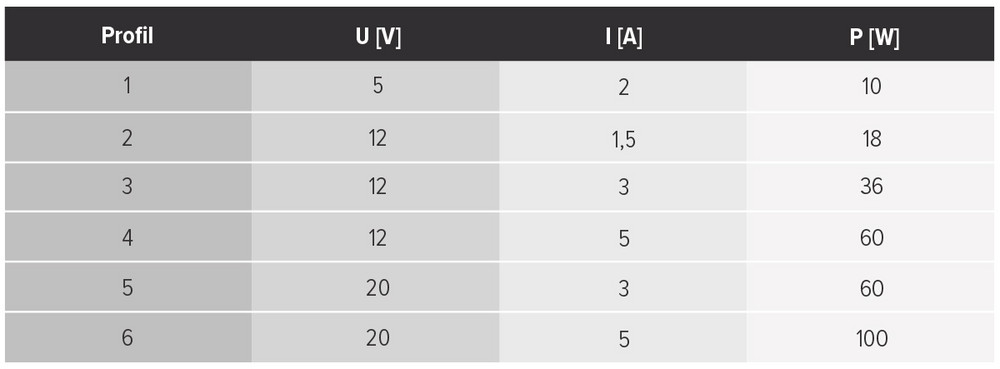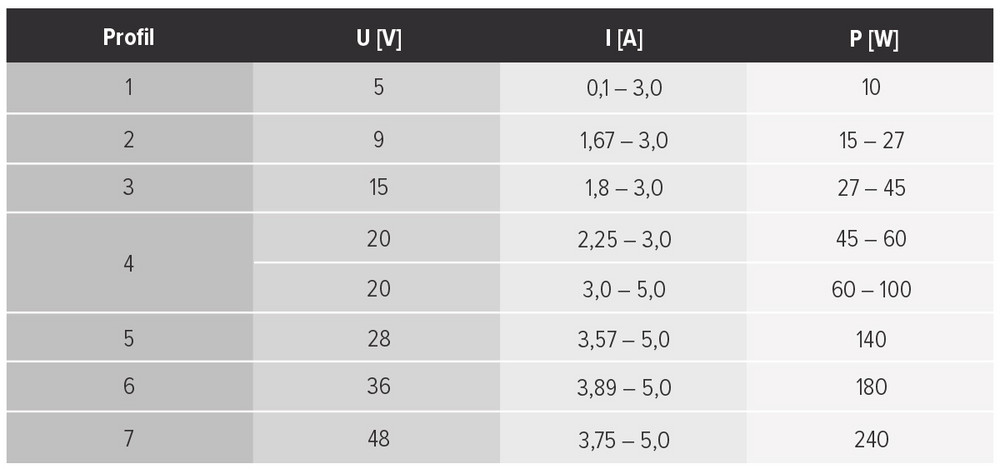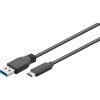
Since the topic of USB-C connectors is still very current, we have prepared an update to our older article, in which we added some current information on the topic of charging and data transfer in today's smart devices.
In recent weeks, the launch of the new iPhone 15 series from Apple has also been a topic of discussion, as the company has replaced its own "Lightning" port with a USB-C charging connector. The iPhone brand has thus joined all other modern smartphones, computers, tablets, cameras, and headphones that have a standardized port for charging batteries and communication with the surroundings.
From micro-USB to USB-C
Since 2009, according to EP Regulation IP/09/1049, all mobile phones were supposed to use a USB micro connector for charging their batteries and for data communication with the surroundings. Based on this regulation, a large number of different connectors were replaced by a single micro-USB connector, significantly reducing electronic waste worldwide. In the current era of fast, power-hungry smartphones and tablets with quick battery charging capabilities, the micro-USB connector no longer meets these needs.
Therefore, a new EP regulation has been introduced, which stipulates that as of the fall of 2024, the USB Type C connector will become the common charging connector for all mobile phones, tablets, and cameras in the EU. A unified standardized connector means we won't need various cables for different devices. The goal is to make it easier for consumers to use smart devices, reduce the electronic waste, and shape how manufacturers will create new products in the future.
3 parameters to think about when it comes to USB-C
1. Shape, design, and mechanical features of the USB-C connector
The USB-C connector, sometimes also referred to as the USB Type-C connector (note, not the protocol), outpaces all other types of USB connectors currently in use in terms of data transfer speed, while being smaller than, for example, the USB-A connector.
USB-C represents a significant improvement over previous USB standards. It has an oval, elongated shape and is designed to be reversible and symmetrical, which means you can easily plug in the cable on the first try.
By standard, the USB-C connector has 24 pins (e.g., USB-C connector 217B-AG01 from Attend), but it can also have 16 pins (for devices used as USB 2.0, e.g., USB4110-GF-A from GCT) or even just 6 pins when used solely for power, as in the case of the USB4125-GF-A connector from the GCT brand in our product range.
Key features of USB-C:
- Small dimensions, symmetry,
- Durability with a typical lifespan of 10,000 cycles,
- Capability to transmit power from 100W to 240W for charging,
- Support for various protocols, including DisplayPort, PCI Express, and Ethernet.
2. Communication speed with the USB-C connectors
To make it clear let us note that USB-C is a connector type, and USB 1.0 up to USB 3.2 represent speed and communication methods.
From there, we move on to the characteristics of USB communication, its specifications, but that would be the subject of a separate article. However, if you want to learn more about the USB communication method, as a starting point, I recommend this resource: eXtensible Host Controller Interface (xHCI).
"It's also important to realize that in USB communication, there is backward compatibility. If our device supports communication of a certain USB version, such as USB 3.1, it can also support lower versions, such as USB 2.0 or even USB 1.x," says František Ďuríšek.
Overview of USB versions and speeds:
- USB 1.0: 1,5 Mbps (Low Speed, Half Duplex)
- USB 1.1: 12 Mbps (Full Speed, Half Duplex)
- USB 2.0: 480 Mbps (High Speed, Half Duplex)
- USB 3.0: USB 3.2 Gen 1, 5 Gbps (SuperSpeed, Full Duplex)
- USB 3.1: USB 3.2 Gen 2, 10 Gbps (SuperSpeed, Full Duplex)
- USB 3.2: USB 3.2 Gen 2 x 2, 20 Gbps (SuperSpeed, Full Duplex)
- USB 4: up to 80 Gbps (multi-protocol communication, Thunderbolt 3)

3. Power via USB-C connectors
The Micro USB connector was limited to delivering power up to 15W (5V, 3A), which is no longer sufficient for modern devices with increasing power transfer requirements.
This created space for the emergence of the USB PD standard, or rather standards, PD 1.0 through PD 3.1.
USB Power Delivery
The USB-C connector with Power Delivery (PD) technology provides enhanced power options compared to the Micro USB connector, with the ability to supply or receive power from a device.
"Devices with PD support can efficiently transfer power in both directions.
However, it's important to note that not all USB-C cables or devices support all the advantages of the specification. Therefore, it's always necessary to read the product specifications before making a purchase," František Ďuríšek continues.
Overview of USB PD standards
An overview of specifications for individual types of USB PD can be found in the following tables.
Table of options for USB power delivery 1.0
Table of options for USB power delivery 2.0/3.0

Table of options for USB power delivery 3.1
USB PD 3.1 has all the features that characterize USB PD 3.0, and in addition, it offers additional voltage levels. It has expanded options for the PD protocol, thereby, of course, providing a wider range of power source possibilities.

"When choosing a cable with USB-C connectors, pay close attention to the parameters you are interested in, such as power transfer," the author of the article noted.
- cable USB-C 2,0 m – USB-C 3.2 Gen 1 M/M; 5 Gbit/s; 20 V/3 A; 2,0 m,
- cable USB-C 3.2 Gen 2 x 2; 2,0 m (RF-4531576) – USB-C 3.2 Gen 2 x 2 M/M; 20 Gbit/s; 20 V/5 A; 2,0 m.
Final tip: To prevent confusion when using cables with different characteristics, you can label them, for example, with colored tags or tape. If you need a systematic solution, we offer cable marking products in our product range.
USB-C – a well-established connector standard in the market
Those were the three basic parameters and the most significant advantages of using the USB-C connector (Universal Serial Bus) for power supply and data transfer in contemporary smart devices. It's a successful, reliable, and uniquely featured connector at an affordable price.
"When looking at the USB-C connector, you realize that this inconspicuous connector can be used for various purposes, from simple battery charging to fast data transfer for various smart devices such as mobile phones, monitors, laptops, and many more," adds František Ďuríšek in conclusion.
The USB-C connector is currently one of the most popular connectors on the market, not only for its shape, speed, or the transfer of incredible power but mainly for its universal compatibility with various portable devices.
Choose from our range of USB-C connectors or USB cables from various manufacturers.
If you're interested in more information or technical advice when selecting a product, or if you have any other questions or requests, don't hesitate to contact us, we're here to help.
Do not miss these articles
Do you like our articles? Do not miss any of them! You do not have to worry about anything, we will arrange delivery to you.









